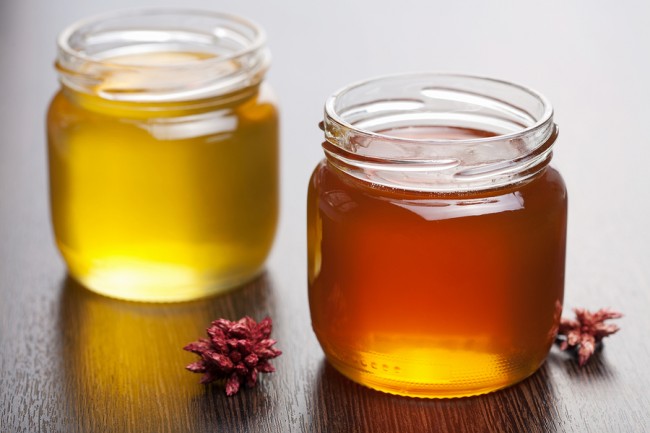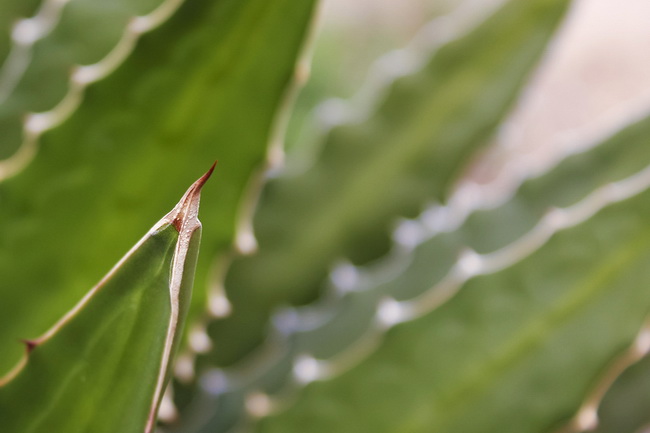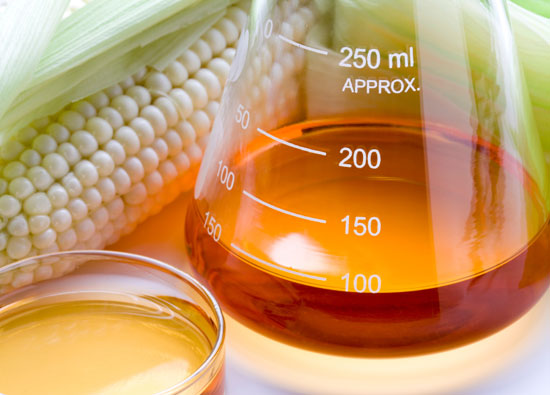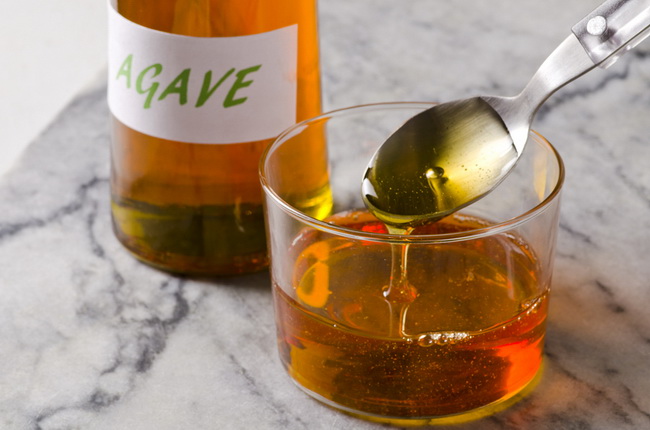- Make It Yourself Lavender Heart-Shaped Bath Bombs!
- 20 Things You Never Knew About “Down There”
- 12 Best Foods For Those Suffering From Arthritis Pain
- 12 Personal Hygiene Mistakes Almost Everyone Makes (Mom Never Told You About #4!)
- 15 Medicinal Plants And Herbs From The Cherokee People
- 12 Mind-Blowing Benefits Of Drinking Coconut Water During Pregnancy
- 12 Outstanding Winter Foods That Won’t Fatten You Up Like A Christmas Turkey
Agave Nectar: Terrible or Terrific?

Photo credit: bigstock.com
Sugar is extremely harmful to the body. This is one thing health experts will all agree on, if nothing else. Most people also know that sugar is unhealthy and people who are health conscious do their best to avoid it.
There are other types of sweeteners, however, that are natural and appear to be a better choice, and one of those is agave nectar. This sweetener from agave plants, which are native to Mexico, is touted as being the safe and natural alternative to sugar, and terrific for diabetics as it doesn’t spike blood sugar levels the way regular table sugar can.
Well, marketing claims aside, there has been a growing amount of evidence that this “natural” sweetener isn’t everything it’s been made out to be.
Sometimes it’s hard to know what is hype and what is the truth. Let’s take a good look at agave nectar, what it is, and what it’s not.
First, What is Agave?
Agave is a plant that is native to the southern part of the United States, Mexico, and South America. Most people think of agave as a “Mexican” plant because this same type of plant is also used in the making of tequila. The Mexican people have been using agave for hundreds, possibly even thousands of years. Traditionally, it was used for a variety of health problems and was believed (and still is) to have medicinal properties. The sugars in the sap of this plant are most often fermented to make tequila, but when it is not fermented, the sap is merely boiled to produce what we call agave syrup, agave nectar, or “miel de agave” in Spanish (literally “honey from agave.”)
Continue to Page 2

Photo credit: bigstock.com
How is Agave Nectar Made?
The agave nectar that is sold in America today has very little in common with the traditional sweetener that the Mexican people make. The process starts out the same: the plant is cut and pressed to extract the sugary sap. In this state, the sap is high in sugar but also contains healthy compounds such as fructans, which are good for the body. Fructans are linked to healthy metabolisms and lower insulin levels.
However, when this sap is heated or when enzymes are added to it, the fructans are broken down into fructose. Heating and altering the original sugary sap destroys almost all of the healthy compounds of the agave syrup. This process of heating and adding enzymes to the sap is almost identical to high fructose corn syrup and other types of unhealthy sweeteners.
This basically boils down to the fact that the sweetener that is most often marketed as agave “nectar,” isn’t really nectar at all, but a refined, processed sweetener that actually starts off its life as agave nectar.
Continue to Page 3

Photo credit: bigstock.com
What About the Claims about Lower Blood Sugar Levels?
First, let’s talk about the GI ratings of foods. The higher the GI (glycemic index) rating of a food, the greater the spike in blood sugar. High spikes in blood sugar are very dangerous for your health and have been linked to a higher risk of obesity, diabetes, and heart disease.
Now, unlike glucose, fructose does not go right into the bloodstream, which means that it won’t raise blood sugar levels or insulin levels. This is why high fructose sweeteners, even those containing high fructose corn syrup, can be marketed as being good for diabetics.
Since agave nectar is low on the GI scale. This is because most of the sugar it contains is fructose. It contains very little glucose, especially when compared to table sugar. So this is where you hear about studies where mice were given either plain sugar or agave nectar for a 34 day period. At the end of the study, the mice that ate agave nectar had lower blood sugar levels, lower insulin levels, and had gained less weight.
However, the glycemic index is just one of many things to think about when considering whether or not a sweetener is healthy.
Continue to Page 4

Photo credit: higherperspective.com
The Truth about Fructose
High fructose corn syrup and sugar both contain two simple sugars, about half fructose and half glucose. Although these sound similar, they are handled by our bodies very differently. Glucose is vital to the body and is found in many natural foods such as potatoes and carrots. To be certain that we always have enough, our bodies even make some of it. Every living thing on earth has glucose, because this substance is vital to life itself.
Every cell in your body can therefore metabolize glucose. However, your liver is the only organ in your body that can metabolize fructose. This is why the typical high carbohydrate, high calorie American diet is so harmful to our health.
When our liver is overloaded with fructose, it simply turns it into fat, which raises our triglyceride levels. Some of this fat gets stuck in the liver, which can lead to fatty liver disease. So while fructose does not raise blood sugar levels in the short run, it can lead to obesity and insulin resistance when consumed in large amounts.
Here’s what they don’t tell you about agave nectar: it’s about 85 percent pure fructose. That makes it higher in fructose than plain old white sugar.
Now this does not apply to the small amounts of fructose found in whole, natural fruits. Our livers are designed to deal with those small amounts of fructose. It’s the added stuff we put in our foods that cause us so many problems.
Continue to Page 5

Photo credit: bigstock.com
Not All Agave Is Equal
There are several different ways to process agave sap. The worst way is the highly processed kind that is heated to high temperatures, and then has added enzymes and other chemicals added to them which make them, essentially, man-made fructose. This is not good stuff and you want to avoid this the same way you would avoid table sugar and high fructose corn syrup.
Agave nectar can be made with lower temperatures that will evaporate the water out of the nectar. This is the type of agave nectar you should try to buy. Some companies call this “raw” agave nectar. Although it’s not necessarily “raw,” it is less processed.
SEE ALSO: Is Stevia Safe?
No matter how you slice it, agave nectar is a sweetener, in pretty much the same class as molasses and maple syrup. It’s meant to be an occasional treat, not something we indulge in every hour or in large quantities. Use natural sweeteners the way Mother Nature intended– sparingly.
References:






























